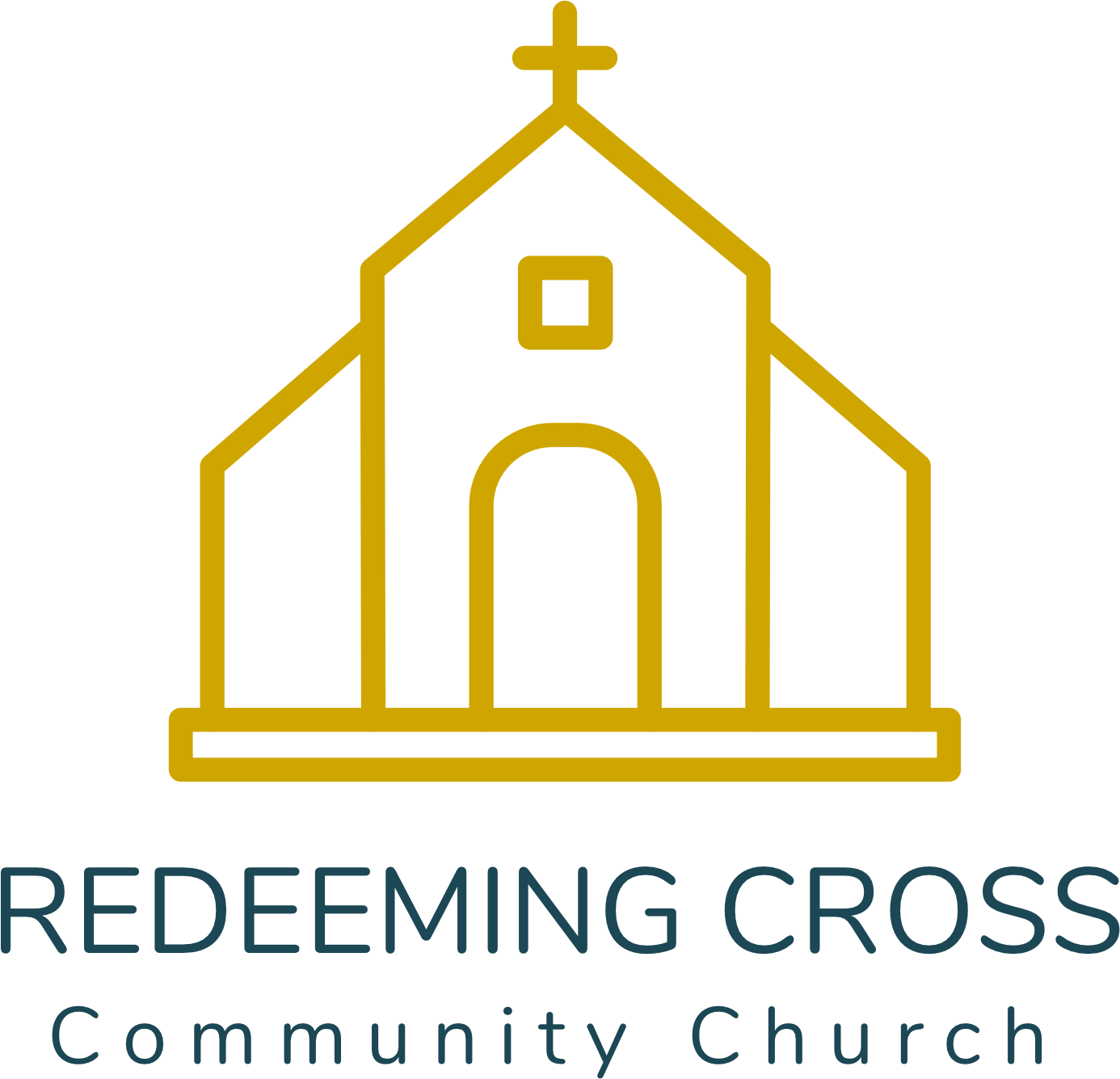Classic Christianity 104
To conclude our brief glance at the creeds of the early church, we end with an important piece which rounds out the theology of classic Christianity. The deity of Christ was first attacked and subsequently defended by ancient Christians, but, there were those who confessed its mighty truth while denying its complement, his true human nature—without which no human can be saved. The church’s clap back to this is called the Chalcedonian Definition, which was written in the year of our Lord 451 in the city of Chalcedon, in modern day Turkey. It neatly asserts the true humanity of Christ in straightforward language and is to be honored by quiet reflection upon its great Subject, the God-Man Jesus Christ.
We, then, following the holy Fathers, all with one consent, teach men to confess one and the same Son, our Lord Jesus Christ, the same perfect in Godhead and also perfect in manhood; truly God and truly man, of a reasonable [rational] soul and body; consubstantial [coessential] with us according to the manhood; in all things like unto us, without sin; begotten before all ages of the Father according to the Godhead, and in these latter days, for us and for our salvation, born of the Virgin Mary, the mother of God, according to the Manhood; one and the same Christ, Son, Lord, Only-begotten, to be acknowledged in two natures, inconfusedly, unchangeably, indivisibly, inseparably; the distinction of natures being by no means taken away by the union, but rather the property of each nature being preserved, and concurring in one person and one Subsistence, not parted or divided into two persons, but one and the same Son, and only begotten, God the Word, the Lord Jesus Christ, as the prophets from the beginning [have declared] concerning him, and the Lord Jesus Christ himself has taught us, and the Creed of the holy Fathers has handed down to us.
